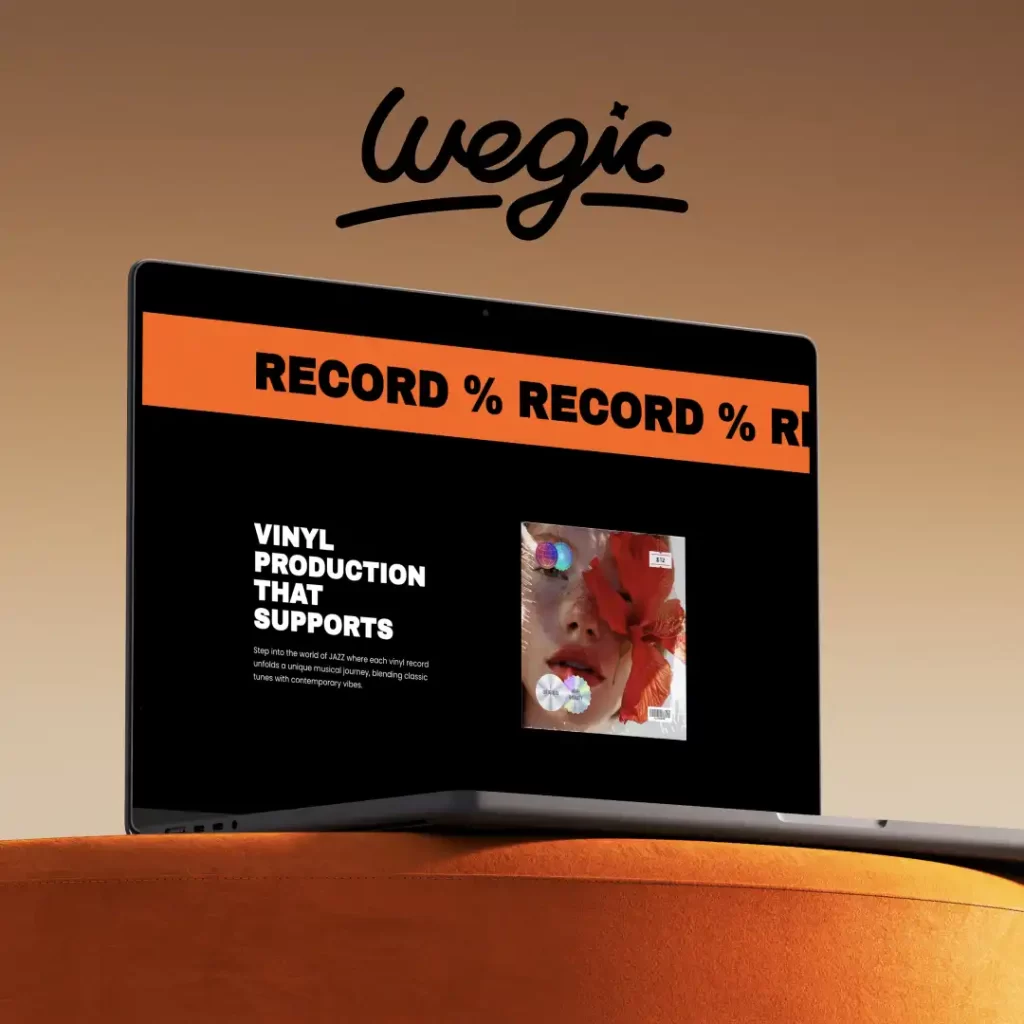Starting a Marketing Business
In the digital age, having a strong online presence is essential for artists looking to showcase their work and connect with new audiences. A well-designed website can serve as a virtual gallery, allowing artists to display their artwork and tell their story to the world. However, building a website from scratch can be a daunting task, especially for those without technical expertise or a large budget. Fortunately, there are a number of free site builders available that make creating a professional-looking website easier than ever.
Starting a marketing business can be a rewarding and lucrative venture for those with a passion for creativity, strategy, and communication. Whether you’re a seasoned marketer looking to strike out on your own or a newcomer to the industry eager to make your mark, there are several key steps you’ll need to take to get your business off the ground.
1. Develop a Business Plan
Before you can launch your marketing business, you’ll need to create a solid business plan. This document will serve as a roadmap for your company, outlining your goals, target market, marketing strategies, and financial projections. A well-crafted business plan will not only help you clarify your vision and objectives, but it will also be essential for securing financing from investors or lenders.
2. Choose a Niche
The marketing industry is vast and diverse, encompassing everything from digital advertising to content marketing to social media management. To set your business apart from the competition and attract clients, consider specializing in a particular niche. For example, you might focus on providing marketing services to small businesses in a specific industry or offer expertise in a particular area, such as search engine optimization or email marketing.
3. Build Your Brand
As a marketing professional, you understand the importance of branding in creating a strong, recognizable identity for a company. Apply that same principle to your own business by developing a brand that reflects your unique value proposition, personality, and target market. Start by creating a professional logo, website, and marketing materials that convey your brand’s message and look and feel.
4. Network and Build Relationships
Networking is crucial in the marketing industry, where referrals and word-of-mouth recommendations play a significant role in attracting clients. Attend industry events, join professional organizations, and reach out to potential partners and collaborators to build your network and establish relationships with key players in the industry. Leveraging your connections can help you secure new clients, expand your reach, and stay ahead of industry trends.
5. Offer a Range of Services
To appeal to a broad spectrum of clients and meet their diverse needs, consider offering a range of marketing services. This might include social media management, content creation, email marketing, search engine optimization, pay-per-click advertising, and more. Tailor your services to the needs and budgets of your target market, and be prepared to adapt as the industry evolves.
6. Develop a Pricing Strategy
Setting your prices is a crucial aspect of running a successful marketing business. Research the market rates for similar services in your area, consider your overhead costs and profit margins, and determine a pricing strategy that is fair to both you and your clients. Whether you charge hourly rates, project fees, or retainer packages, be transparent about your pricing and ensure that your clients understand the value they are receiving.
7. Invest in Marketing and Promotion
As a marketing professional, you know the importance of promoting your business to attract clients and generate leads. Invest in marketing initiatives such as social media advertising, content marketing, email campaigns, and networking events to raise awareness of your brand and services. Consider offering special promotions or discounts to entice new clients and encourage repeat business.
8. Stay Current and Adapt
The marketing industry is constantly evolving, with new technologies, trends, and strategies emerging all the time. Stay current with the latest developments in the industry by attending workshops, webinars, and conferences, and continuously honing your skills through ongoing education and training. Be flexible and willing to adapt your business model and strategies to meet the changing needs of your clients and the industry as a whole.
Starting a marketing business can be a challenging yet rewarding endeavor for those with a passion for creativity, strategy, and communication. By following these key steps and putting in the necessary time and effort, you can build a successful marketing business that attracts clients, generates revenue, and helps you achieve your entrepreneurial dreams.
In today’s digital age, having a visually appealing and user-friendly website is crucial for the success of any business. A well-designed website can help attract new customers, build credibility, and increase conversion rates. However, designing a website is not as simple as it may seem. It requires a strategic and systematic approach to ensure that the final product meets the needs and expectations of both the business and its target audience. In this article, we will discuss the website design process in detail, outlining the key steps involved in creating a successful website.
Step 1: Define the Purpose and Goals
The first step in the website design process is to clearly define the purpose and goals of the website. This involves identifying the target audience, understanding their needs and preferences, and determining the desired outcomes for the website. For example, is the website meant to generate leads, drive sales, provide information, or showcase products and services? By having a clear understanding of the purpose and goals of the website, you can better tailor the design and content to meet these objectives.
Step 2: Conduct Research
Once the purpose and goals of the website have been defined, the next step is to conduct research. This involves analyzing the competition, researching industry trends, and gathering insights into the preferences and behaviors of the target audience. By conducting thorough research, you can gain a better understanding of what works and what doesn’t in your industry, helping you make informed design decisions.
Step 3: Create a Wireframe
After conducting research, the next step in the website design process is to create a wireframe. A wireframe is a visual representation of the layout and structure of the website, showing the placement of various elements such as navigation menus, headers, footers, and content sections. Creating a wireframe allows you to plan the overall design and functionality of the website before moving on to the visual design phase.
Step 4: Design the Visual Elements
Once the wireframe has been finalized, the next step is to design the visual elements of the website. This involves creating a visually appealing and consistent design that reflects the brand identity and resonates with the target audience. Elements such as color scheme, typography, imagery, and layout are carefully considered to create a cohesive and attractive design that conveys the desired message and engages users.
Step 5: Develop the Website
After the visual design has been approved, the next step is to develop the website. This involves coding the design into a functioning website using HTML, CSS, and other programming languages. During the development phase, the website is tested for functionality, responsiveness, and compatibility across different devices and browsers to ensure a seamless user experience.
Step 6: Test and Optimize
Once the website has been developed, it is essential to test and optimize its performance. This involves conducting usability tests to identify any usability issues, testing load times to ensure fast page speeds, and optimizing the website for search engines to improve visibility and accessibility. By testing and optimizing the website, you can ensure that it meets the needs and expectations of users, leading to better engagement and conversions.
Step 7: Launch and Monitor
The final step in the website design process is to launch the website and monitor its performance. This involves deploying the website to a live server, promoting it to the target audience, and tracking key metrics such as traffic, engagement, and conversions. By monitoring the performance of the website, you can identify areas for improvement and make informed decisions to optimize its effectiveness over time.


